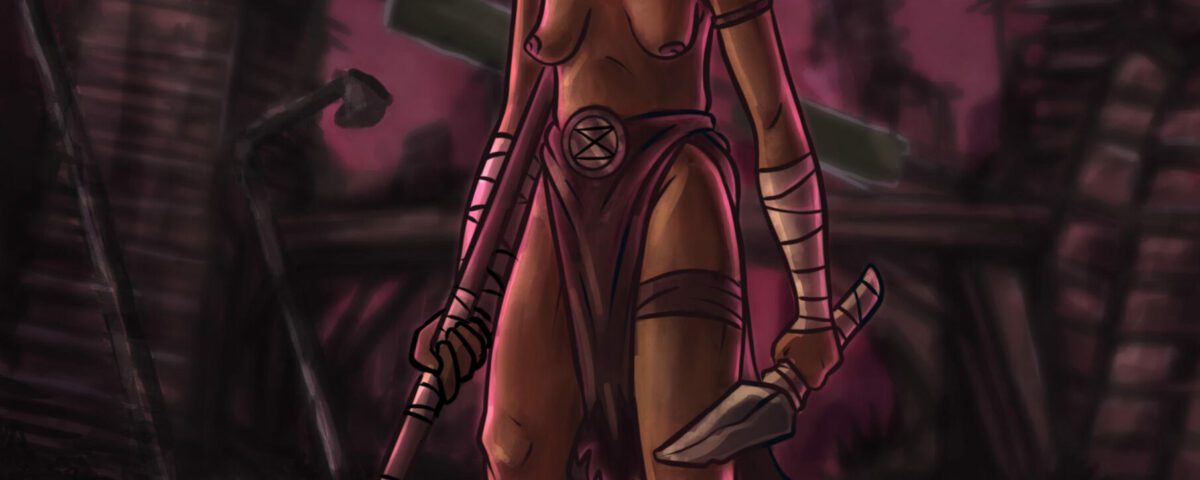By Amy Shepherd & Yik Kei Leung
Freed from the laws of reality, animators have a unique imaginative licence to create fantastical new worlds and visualise ideas or emotions impossible to be caught on camera. This is why animation is emerging as the impactful medium for today’s storytelling world.
People often see animation as a subsection of film; one that, more often than not, caters to children. But animation is in fact a limitless medium that offers infinite possibilities for telling creatively powerful stories that reflect and shape society. Emotional, immersive and cutting-edge, it’s one of the most dynamic and fastest-growing industries in the world.
More and more artists and creators are breaking down the wall separating live-action and animation and experimenting with this medium to enhance their storytelling and better engage and motivate waiting audiences. Take Tower (2016), which uses imagined animated sequences based on real victim testimony to place audiences right in the middle of the night’s fatefully unfolding events, delivering a deeply visceral and immediate experience. Hotly-tipped for Oscars success, documentary animation Flee (2021) is a compelling example of how melding non-fiction scenes and animated sequences can excite audiences, protect sources and convey important messages.
As technology advances, animation holds increasingly exciting creative possibilities to explore different content formats and give audiences multiple entry points into stories addressing real-world issues. One emerging project innovating in this space is Munkination, a multiform arts and music project created by elusive rapper and artist HAM The Illustrator. Mukination is experimenting with how, across virtual reality, augmented reality and 2D film, animated comic artwork can immerse audiences into a futuristic climate adventure story and inspire them to take real-world action against climate change. Harnessing animation’s malleability, Munkination takes audiences out of the everyday into an imagined world beyond and captures their imagination to collectively fight for an alternative future.
Across genres, styles and themes, innovative filmmakers are showing how animation can change the way we see the world. They’re also changing how we see ourselves.
Academy Award-winning animated short If Anything Happens, I Love You (2020), which gave grief a body, is a masterclass in how animation can visualise complex emotions and provide a memorable viewing experience. An actor’s face inevitably to some degree carries echoes of their own personality and past roles, limiting the relatability and immersiveness of live-action film. Animators have the power to design and create new faces and unique characters never seen before, a clean page for audiences to imprint themselves on to.
Similarly, Charlotte (2021) reimages the life story of young Jewish painter Charlotte Salomon through animating her extensive collection of artwork. Use of Charlotte’s own painting style for the animation permits audiences to get closer to her than ever before and see the world as she did. Such an intimate human experience is powerful in creating space for audiences to self-examine their own mental health struggles and reflect on what this means for societal needs.
With new expressions and digital technology, coupled with storytellers’ boundless imagination, animation is rapidly emerging as the innovative medium that everyone wants. Not only that; pressing issues facing our world and an urgent need to cut through media noise and communicate to audiences about challenges mean that, more than ever, animation is the impact medium we need.
* Image : Munkination ‘Warrior’, HAM The Illustrator www.munkination.com


